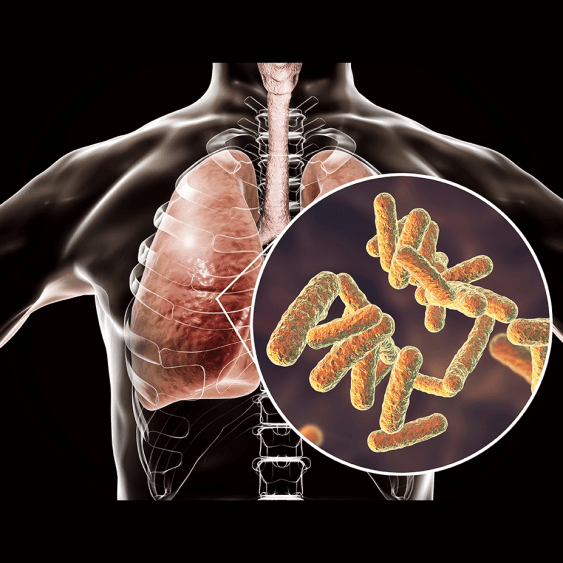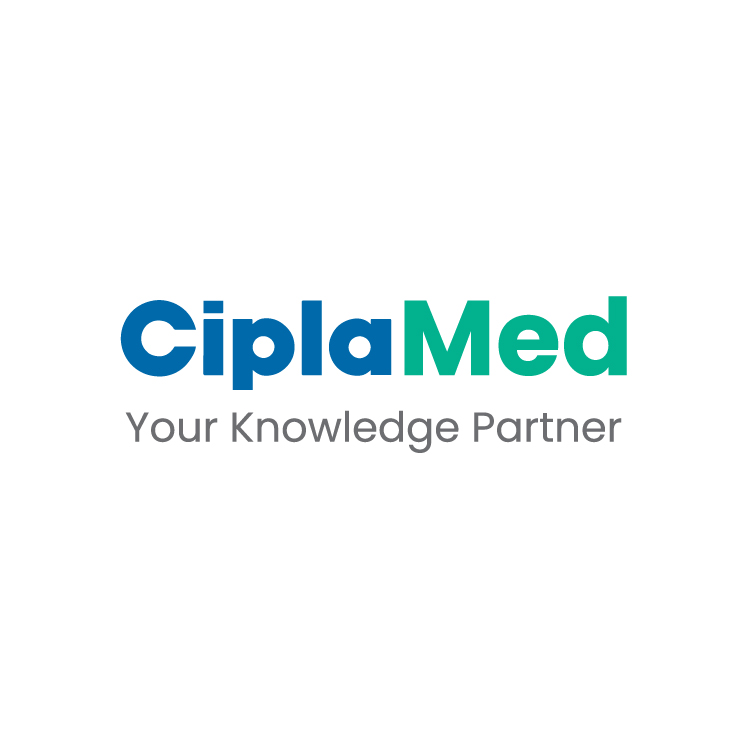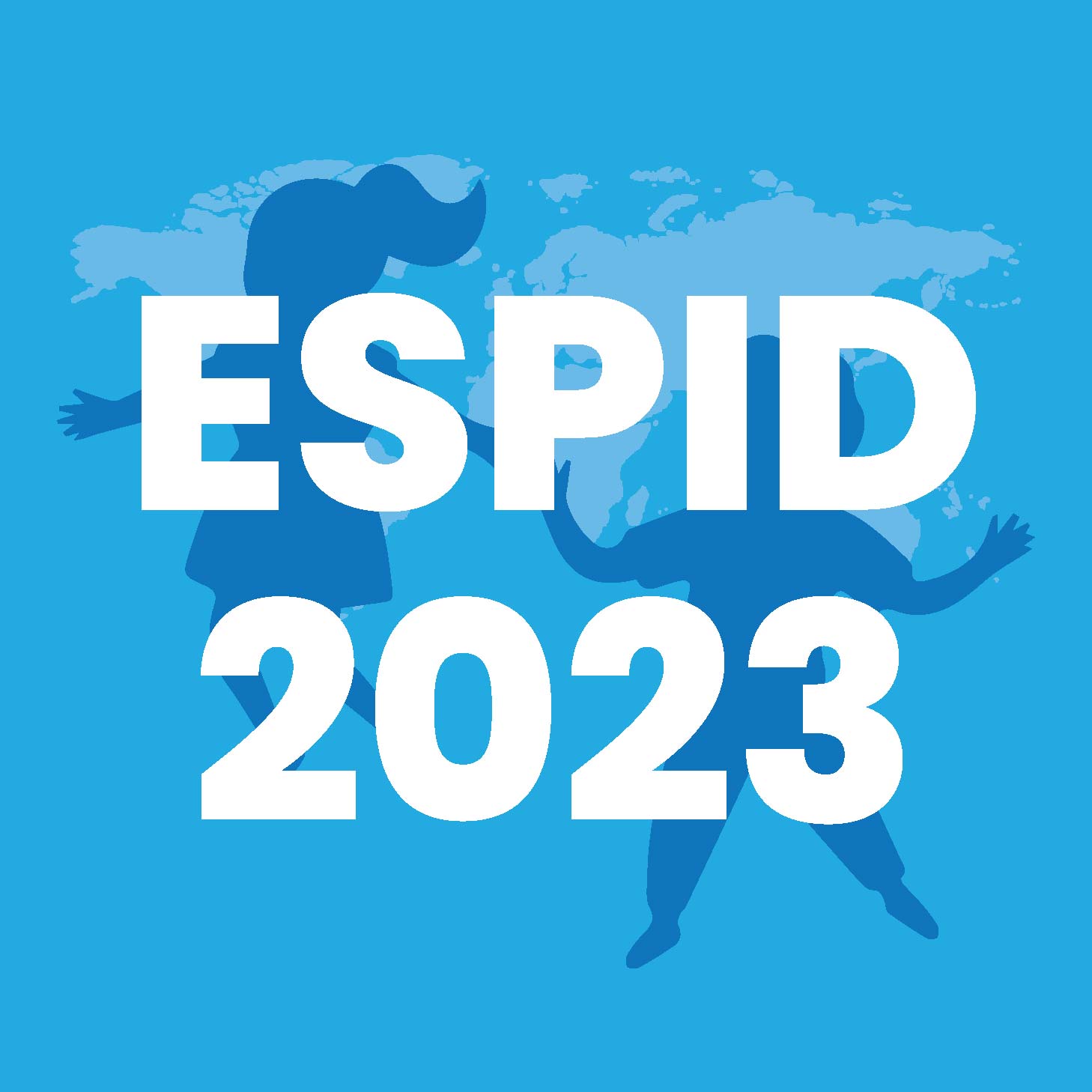Malaria is a major cause of childhood illness and death in Africa. World Health Organization (WHO) reported nearly 250 million cases and over 600,000 deaths worldwide in 2021, with 95% of cases occurring in Africa. Although progress has been made since 2000 through investments in preventive tools, such as insecticide-treated bed nets (ITNs), chemoprevention, and malaria drugs, progress has slowed in recent years. More funding is required, and current tools must be used more effectively while new tools are developed to combat the disease.
WHO recommended the world's first malaria vaccine, RTS, S/AS01, in October 2021, which is estimated to save one life for every 200 fully vaccinated children. The Malaria Vaccine Implementation Program (MVIP), coordinated by WHO, recommended the vaccine for children in moderate to high transmission areas in a four-dose schedule starting at 5 months. Collaboration between the Expanded Programme on Immunization (EPI) and MVIP is crucial for the vaccine's success. The MVIP, a WHO-coordinated pilot program implemented in Ghana, Kenya, and Malawi, evaluated the vaccine’s feasibility, safety, and impact on hospitalizations and mortality as part of a public health program. Over 4.5 million vaccine doses have been administered since April 2019, reaching more than 1.5 million children with at least one dose of the vaccine. The MVIP had positive results in mid-2021, including good uptake and coverage, confirmed safety, and a substantial reduction in severity and all-cause mortality of malaria in age-eligible children. A monthly report on the uptake of RTS,S malaria, pentavalent, and measles-rubella vaccines in these three countries showed that Malawi initially had slow uptake but reached over 80% coverage within 6 to 12 months. All three countries reached between 70-90% coverage for the first dose, but the uptake for the fourth dose provided at two years of age was lower, which is typical for vaccines given in the second year of life.
Gavi, the Vaccine Alliance, is supporting the rollout of malaria vaccines in Gavi-eligible countries with financial assistance for vaccine procurement, injection supplies, and introduction activities. Co-financing policies are also adjusted to ensure affordability, with some countries paying as low as 20 cents per dose. Over 28 countries have shown interest, with 14 already approved to receive support. The main challenge with RTS,S vaccine is a limited supply, with only 18 million doses committed over the next three years, while 80-100 million doses are needed annually in Africa. It is currently produced by GSK at a relatively high price of 9.3 euros per dose due to low production capacity. So, the efforts are focused on transferring products to Bharat Biotech and developing new products such as R21/Matrix-M, which is in phase 3 clinical trials. Competition is expected to lead to significant price reductions, with the hope that the new company will keep the price below $3 per dose.
WHO has developed a framework for allocating limited COVID-19 vaccine supply in a fair and evidence-based manner. The first principle is to prioritize allocation to countries where the need is greatest, using malaria disease burden in children and risk of death as a proxy. A proxy indicator, a composite index of malaria prevalence and all-cause under-five mortality rates at the district level, has been proposed to identify the areas with the greatest need for the vaccine, referred to as category one areas. The malaria vaccine is in high demand despite its unconventional schedule in sub-Saharan African countries. Its introduction provides an opportunity to catch up on missed vaccine doses and provide other child health interventions like vitamin A, growth monitoring, ITN distribution, and deworming. It also strengthens the second year of life platform by providing the fourth dose at 18 months, along with the measles’ second dose. Deploying the vaccine seasonally could maximize its efficacy, especially three to six months after the third dose. Data from a trial show that it is as effective as seasonal malaria chemoprevention, which prevents 75% of severe malaria cases. However, implementation research is needed as there is no current experience with this approach.
The first malaria vaccine is a major scientific breakthrough and has high demand among caregivers, communities, and country leaders. Its integration with the EPI platform enables high uptake and optimization with other health interventions. However, there are challenges related to limited supply and high initial prices. Although seasonal delivery offers the potential for higher efficacy, more research is needed to determine its feasibility and cost.
R21/Matrix-MTM - A High Efficacy Malaria Vaccine by Adrian Hill
The R21 vaccine was developed by the General Institute at Oxford and the Serum Institute of India. Malaria deaths have not been effectively controlled since around 2015, and in Africa, malaria deaths outnumbered Covid deaths. Developing a malaria vaccine has been challenging due to strong immune responses, and individuals require 10 to 100 times more antibodies than other vaccines. Malaria has co-evolved with humans for 30 million years and has evolved to subvert and evade host immunity achieving immunity difficult. To achieve immunity, individuals need a higher level of immune response than those who have lived in malaria-endemic areas.
There are four stages in the malaria lifecycle, and R21 and RTS,S APO are two vaccines that target the same antigen on the surface of the sporozoite. R21 targets the liver with CD eight T-cells and has partial efficacy, while blood-stage vaccines target the stage that kills people. R21 has a higher dose of hepatitis B in the virus-like particle and a simpler M Matrix adjuvant, while RTS,S APO has a lower dose of hepatitis B and uses the ASO1 adjuvant. R21, developed in 2012 using Hansenula, has a lower dose and a higher antibody titer with 73% efficacy in phase IIb. It uses a simpler-to-make Matrix-M adjuvant. R21 has shown higher efficacy in a phase three trial, about 50% more than RTS,S. The availability of RTS,S in the near future is primarily constrained by adjuvant limitations, rather than the complexity of vaccine production. In a phase one trial, the two adjuvants looked very similar when used with a malaria vaccine.
The R21 vaccine for Malaria underwent four trials: Vac072, Vac073, Vac076, and Vac078. The Vac072 challenge trial showed 65-82% efficacy, higher than previous vaccines. The vaccine R21 was also tested on Kenyan adults, children, and infants, and immunogenicity was higher in African subjects than in UK subjects. The Vac076 trial in Burkina Faso showed that a higher dose of the Matrix M adjuvant was more effective, with 77% efficacy a year later. The vaccine showed cumulative efficacy over time, with 66% efficacy observed at three and a half years in phase III trials. Seasonal administration didn't make much of a difference in the vaccine's efficacy.
The Phase IIb Vac076 trial data show that the R21/MM vaccine has higher peak and trough titres at different time intervals compared to RTS,S/ASOI, suggesting a mechanism for its sustained efficacy. The Phase III Vac078 study evaluated the efficacy and safety of the R21/MM vaccine in 4800 children aged 5-36 months across five sites in four countries, finding an overall efficacy of 75% without seasonal administration and 80% in seasonal sites. Booster shots maintained high efficacy, and the vaccine was well-tolerated with minor side effects. The study suggests that the R21/MM vaccine could save thousands of lives in Africa.
The R21/MM vaccine for Malaria is now available, with plans to produce 200 million doses yearly. It comes in a single vial, has a shelf life of 24 months, and is thermostable at high temperatures. Ghana and Nigeria have approved the vaccine, which targets the most widespread malaria parasite and has shown good protection in adults in challenge trials. A combination of blood stage, transmission-blocking, and R21 or Rvx 21 vaccines could lead to malaria eradication, which could take over a decade. Eliminating Malaria in all countries should be cost-effective.
Dengue Vaccines by Annelies Wilder-Smith
Dengue is a disease with high morbidity but low mortality, affecting about 100 million people and causing 50,000 deaths every year. However, it has had a 400% increase in the past two decades, second only to COVID-19. A vaccine is needed, as dengue is also affecting international travellers and may expand to temperate climates due to climate change. The largest dengue outbreak in Europe occurred in Madera, Portugal, with about 2000 cases in 2012.
Dengue virus has four distinct serotypes that can cause a range of diseases, with the severity increasing with each subsequent infection. Severe disease occurs in only 2-4% of secondary infections, with younger children and those with previous exposure to the virus at a higher risk. The relative risk of severe dengue is higher in younger children (RR:3.19) than older children (RR: 2.76) following secondary infection.
Developing a dengue vaccine is challenging because infection with one serotype provides lifelong immunity to that serotype, but initial exposure triggers cross-reacting antibodies that protect against reinfection but can wane over time and cause enhanced disease. Three tetravalent, life-attenuated vaccines with different chimerization and backbones have been developed: Dengvaxia, TAK-003, and TV003.
The Dengvaxia vaccine has a serostatus-driven vaccine performance, meaning its efficacy and safety differ based on a person's dengue antibody status. It is effective and safe in seropositive persons, with an efficacy of 72-80% against dengue and over 90% against severe dengue. However, it increases the risk of severe dengue in seronegative persons. The WHO recommends a pre-vaccination screening strategy to only offer the vaccine to seropositive individuals. The vaccine is dominant in detecting dengue serotype 4 and may interfere when brought together with other serotypes. Takeda is a two-dose dengue vaccine with a 3-month interval that is effective against dengue serotype 2. The vaccine has a 61% efficacy against biologically confirmed dengue and 84% efficacy against hospitalized dengue. It has tetravalent efficacy in seropositive individuals, with the highest efficacy against serotype 4. However, it has only bivalent efficacy in seronegative individuals, with no efficacy shown against serotypes 3 and 4. TV003 vaccine was developed by the National Institutes of Health (NIH), trialed by Butantan, and further developed by Merck. It is a single-dose vaccine that contains three full genomes of the Dengue product construct, resulting in more dengue proteins. It was studied in Brazil on people aged two to 59 years old and induced balanced viremia for all four serotypes, with an overall effectiveness of 79%. Its phase three trial is ongoing, and only two years of data have been released.
Denguvaxia has been licensed for a while but has low uptake due to pre-vaccination screening. TAK-003 Takeda is newly licensed, and policy recommendations will be provided by SAGE in September 2023. TV003 has promising phase 3 trial results but lacks VE data for serotypes 3 and 4 in the first two years. A perfect dengue vaccine is unlikely, so trade-offs must be considered, and proactive communication is necessary.
41st Annual Meeting of the European Society for Paediatric Infectious Diseases (ESPID), 8-12 May, 2023




